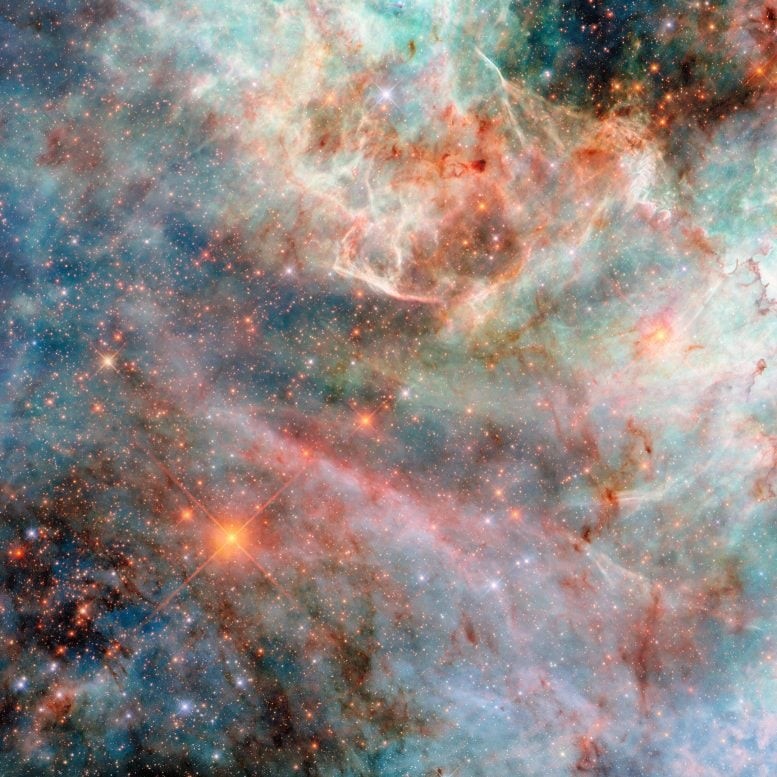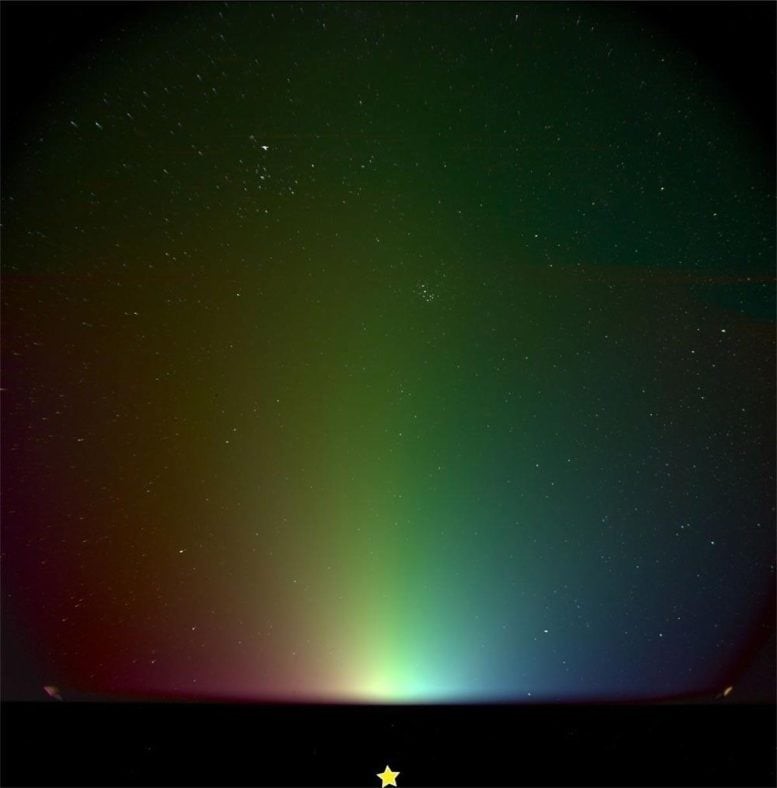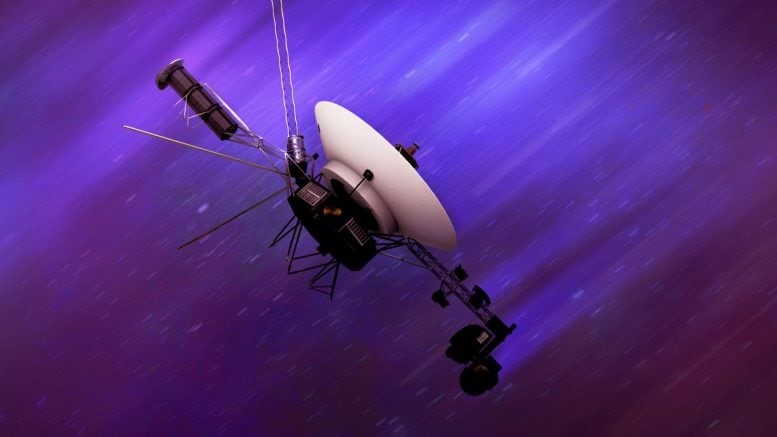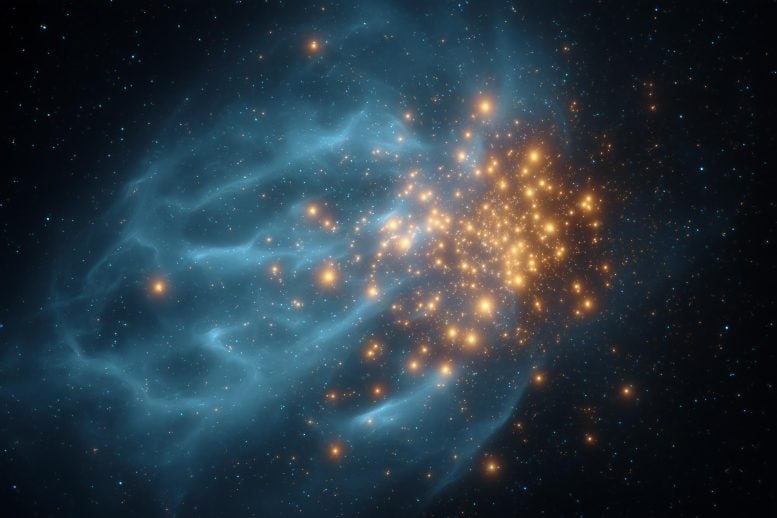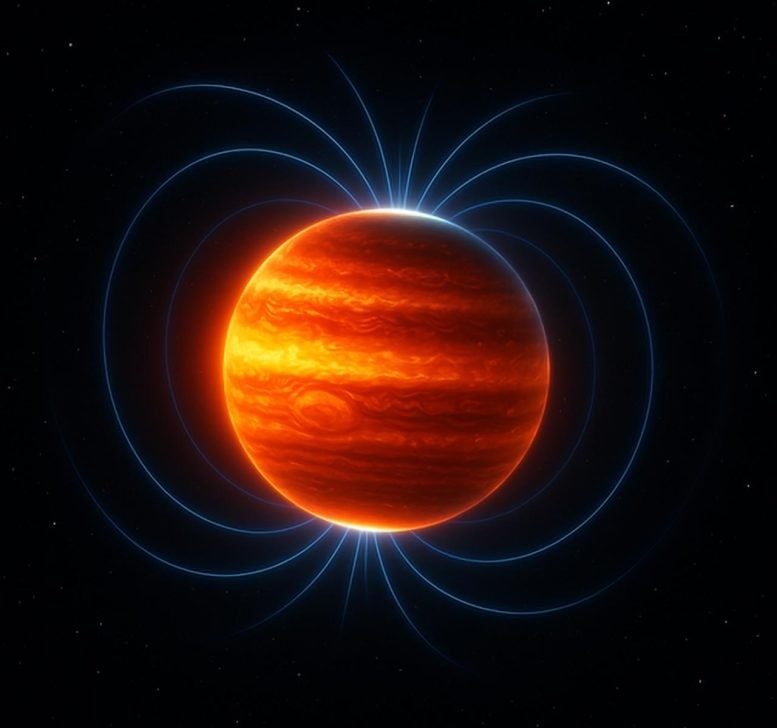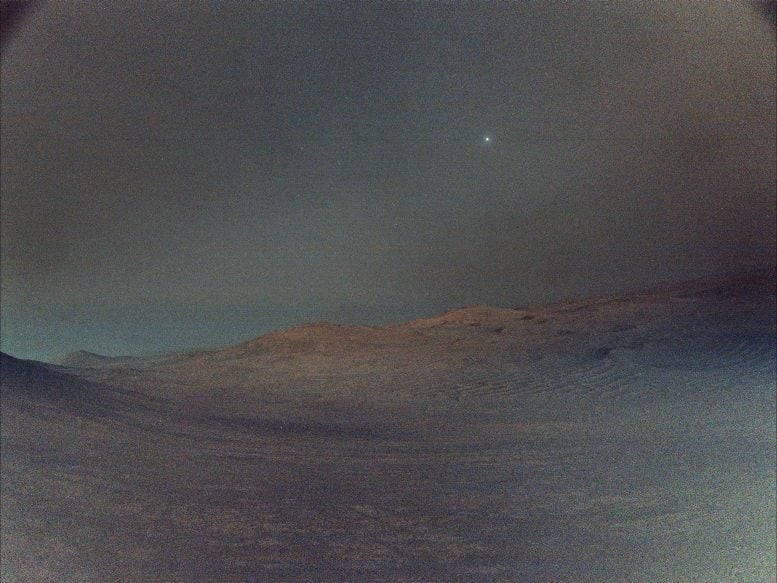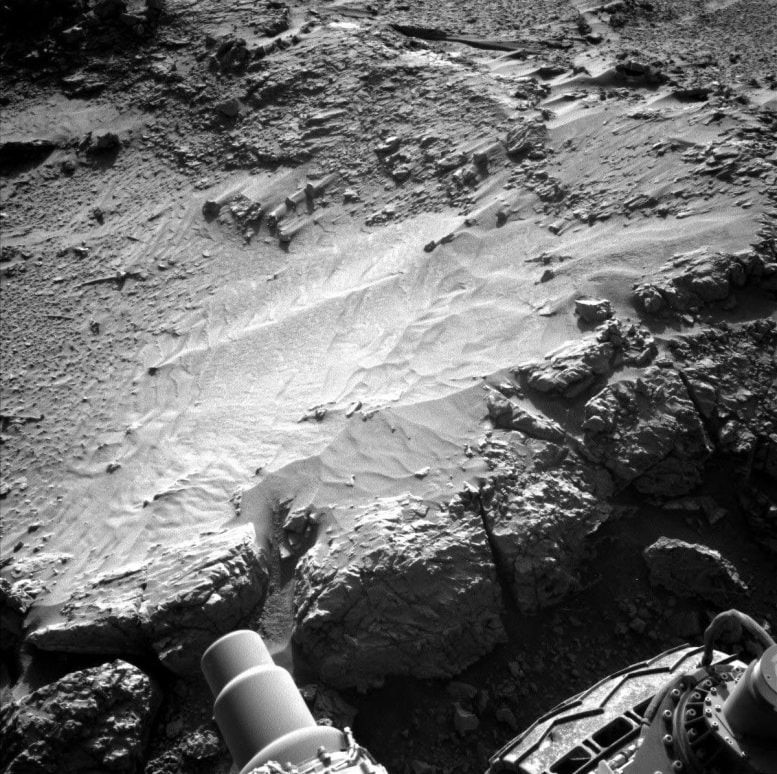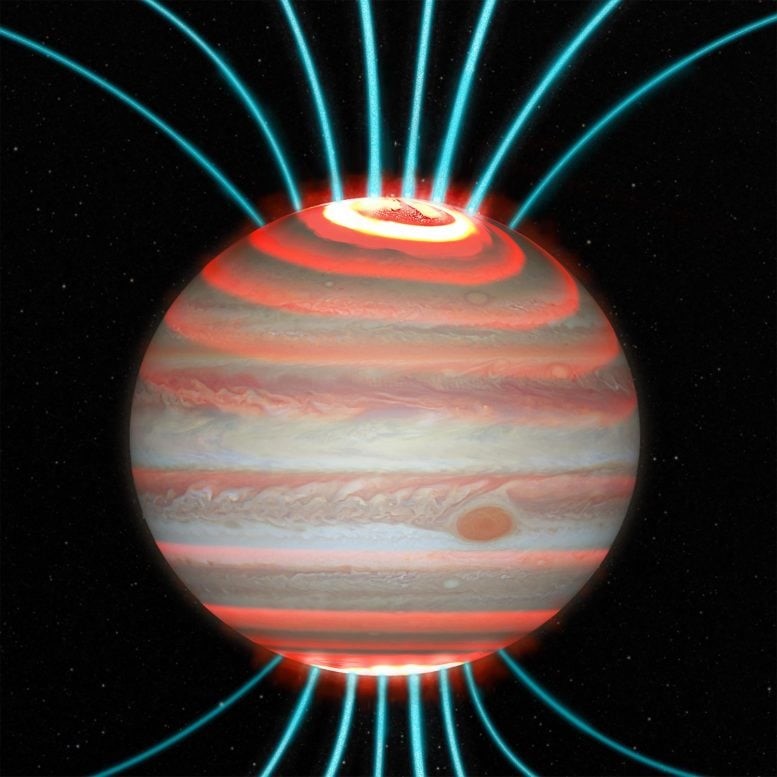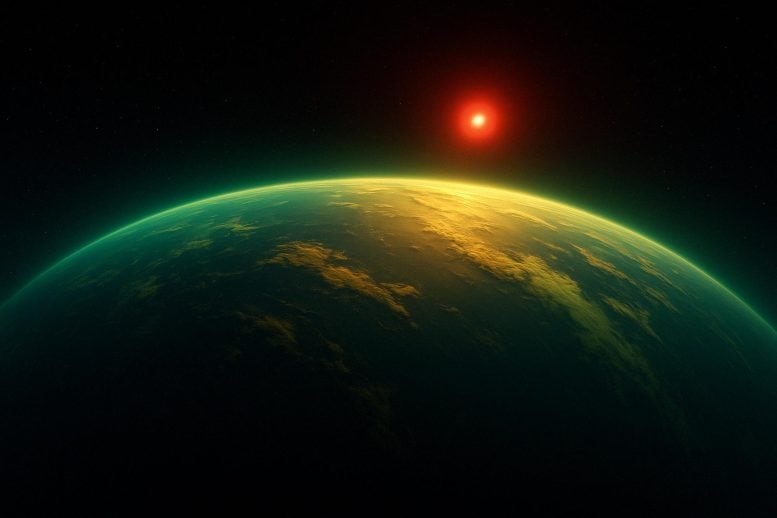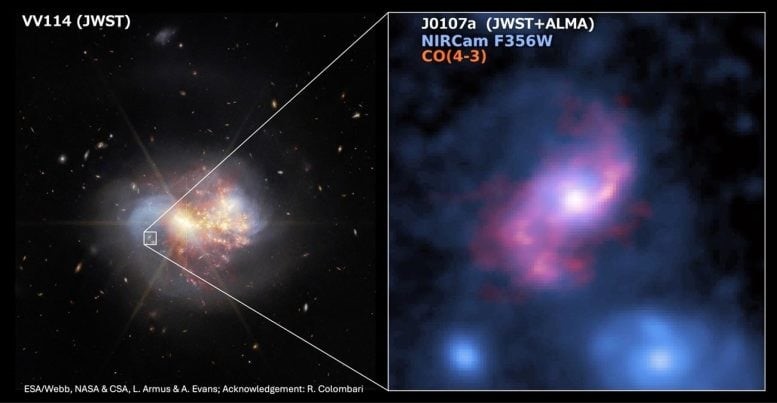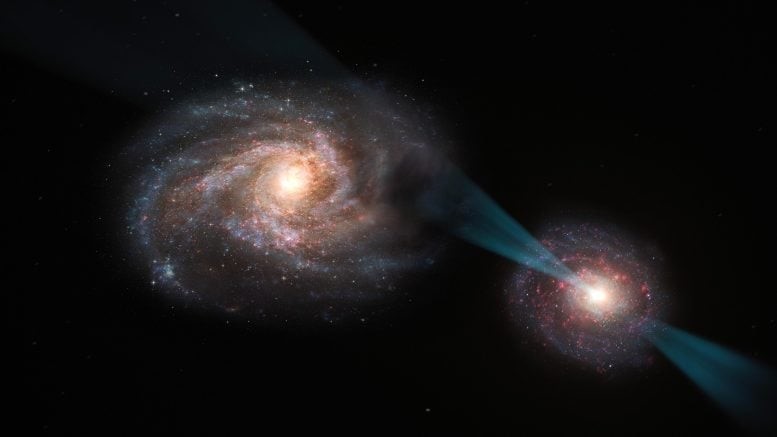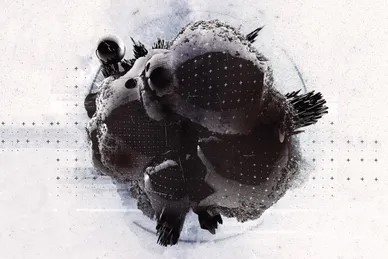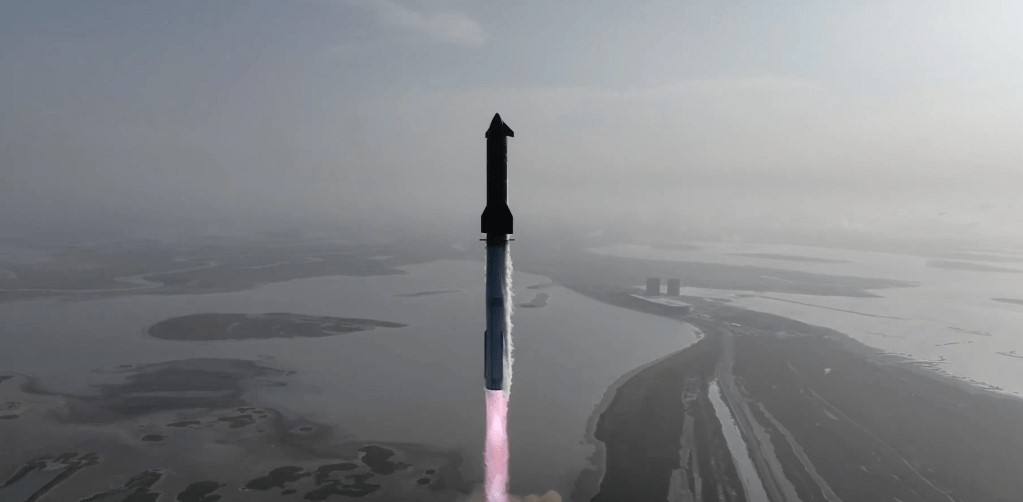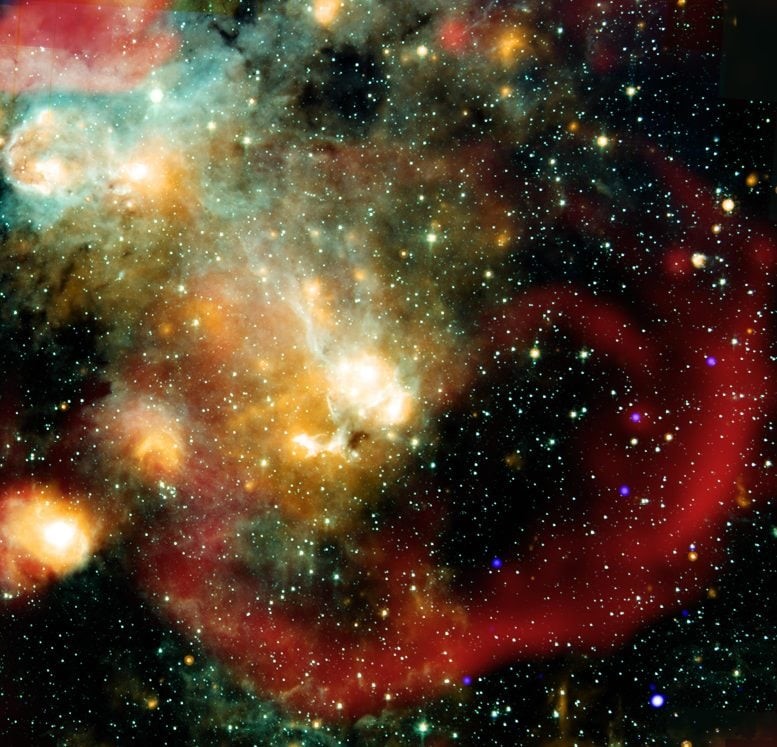Cosmic Collisions Reveal Mars’ Buried Ice and Rock Layers
Surface Features as Windows into the Subsurface
“Traditionally, researchers have relied on the size and shape of impact craters to deduce the characteristics of materials beneath the surface,” explained Aleksandra Sokolowska, a UKRI fellow at Imperial College London. “Our study reveals that the size of the ejecta blanket surrounding a crater is also influenced by the properties of subsurface materials. This provides a new surface indicator to better understand what lies underground.”
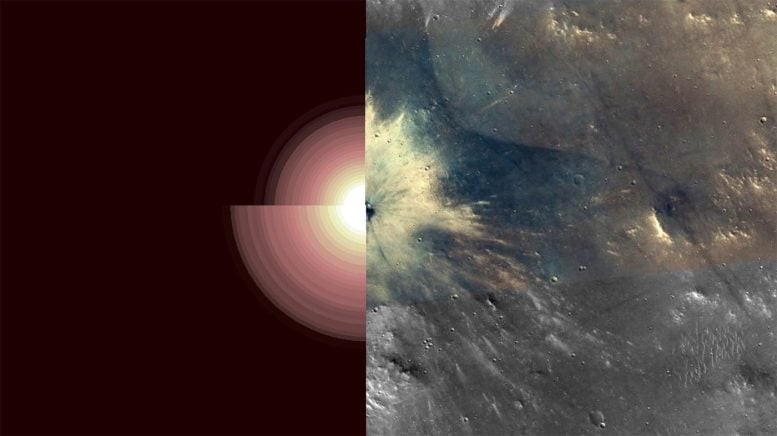
Figure 1. Mars’ Hidden Ice and Rock Layers Uncovered by Cosmic Impacts.
Sokolowska carried out this research during her postdoctoral fellowship at Brown University, collaborating with planetary scientist Ingrid Daubar from Brown’s Department of Earth, Environmental and Planetary Sciences. Figure 1 shows Mars’ Hidden Ice and Rock Layers Uncovered by Cosmic Impacts.
Looking Deeper Through Simulations
Impact craters are widespread across the solar system, marking the surfaces of planets and moons with solid crusts. Scientists have traditionally studied the size and shape of these craters to gain insights into what lies beneath the surface. Factors like the strength and porosity of subsurface materials can influence crater features, allowing researchers to investigate planetary interiors remotely, without needing to land spacecraft.
In this new study, Sokolowska aimed to determine whether the crater ejecta—the debris thrown out during an impact—could offer additional clues. To explore this, she used advanced computer simulations co-developed by Gareth Collins, a professor at Imperial College London and co-author of the study, which model the physics of planetary impacts. Through these simulations, Sokolowska adjusted the properties of materials deep underground to observe how they might affect the distance that ejected debris travels. She tested a range of subsurface compositions, including solid bedrock, sediments like those found in buried lake beds, mixtures of loose rock and ice, and solid glacial deposits.
Patterns in Debris Spread
The simulations revealed that varying subsurface materials and layering create distinctly different ejecta patterns.
“The differences in ejecta radius can be significant, and we expect these variations could be detected from orbit using the HiRISE camera aboard the Mars Reconnaissance Orbiter,” Sokolowska explained. “After thorough testing, this method could become a valuable new tool for probing subsurface properties. Developing this proof-of-concept into a practical tool is the focus of my current fellowship at Imperial.”
To validate the simulation findings, the team examined two recent impact craters on Mars. Because these craters are fresh, their ejecta blankets remain largely intact, making original sizes easier to measure. Data indicated that one crater was situated above solid bedrock, while the other lay over an area containing subsurface ice. As predicted by the models, the crater with the icy subsurface featured a significantly smaller ejecta blanket compared to the one over bedrock.
Confirming Predictions from Orbit
The findings confirm that variations in ejecta radius can be detected from orbit and correspond to known subsurface characteristics.
Researchers note that this method could prove valuable for several current and upcoming spacecraft missions. For example, in February 2026, the European Space Agency’s Hera spacecraft will reach Dimorphos, an asteroid that NASA struck with a projectile a few years ago to test asteroid deflection strategies. Hera’s mission is to study the crater created by this impact to gain insights into the asteroid’s internal structure.
Mission Potential Beyond Mars
“Our research suggests that the ejecta that remained on the asteroid’s surface—rather than escaping into space—could provide important clues about the asteroid’s interior,” Sokolowska said.
Source: SciTECHDaily
Cite this article:
Priyadharshini S (2025), Cosmic Collisions Reveal Mars’ Buried Ice and Rock Layers, AnaTechMaz, pp.361


